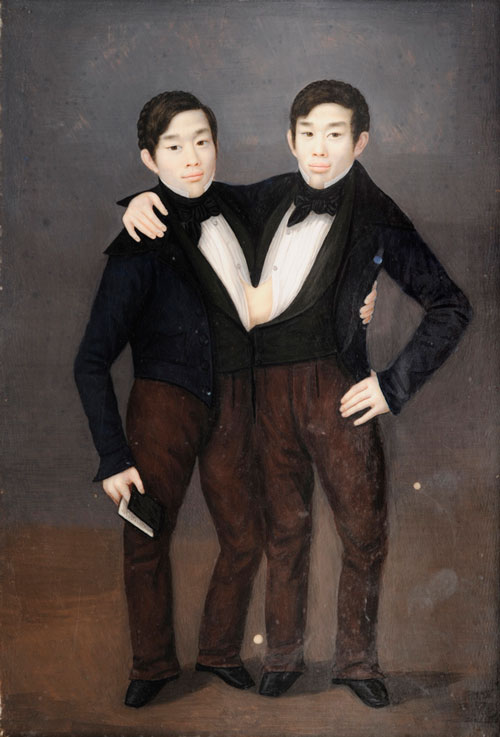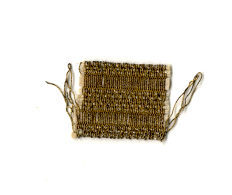“….In many ways Mississippi is the Ireland of America. It’s a green place where literature and music are valued more than acquiring wealth (perhaps because we’ve always been better at the former than the latter). Drinking and fighting are accepted and often respected social endeavors, and defending one’s honor is still considered worthy if not mandatory.”
— From “Oxford, MI, Famous: Elvis, Kimonos, Castor Beans, and a Grinder” by Stuart Stevens in the Daily Beast (April 30, 2013)
“Kentucky has been sometimes called the Ireland of America. And I have no doubt that, if the emigration were reversed… every American emigrant to Ireland would find, as every Irish emigrant here finds, a hearty welcome and a happy home.”
— From remarks by Sen. Henry Clay (Feb. 3, 1832)
“People of every nation and prejudice met here [in Maryland]… This was the Ireland of America!
— From “Retrospections of America, 1797-1811” by John Bernard (1887)
“From 1815 to 1835, North Carolina made such little economic and social progress that it was called the Rip Van Winkle of the states and the Ireland of America.”
— From “North Carolina: A Guide to the Old North State” by the Federal Writers’ Project (1939)
So many “Irelands of America”! But only for North Carolina does the label seem entirely negative.













